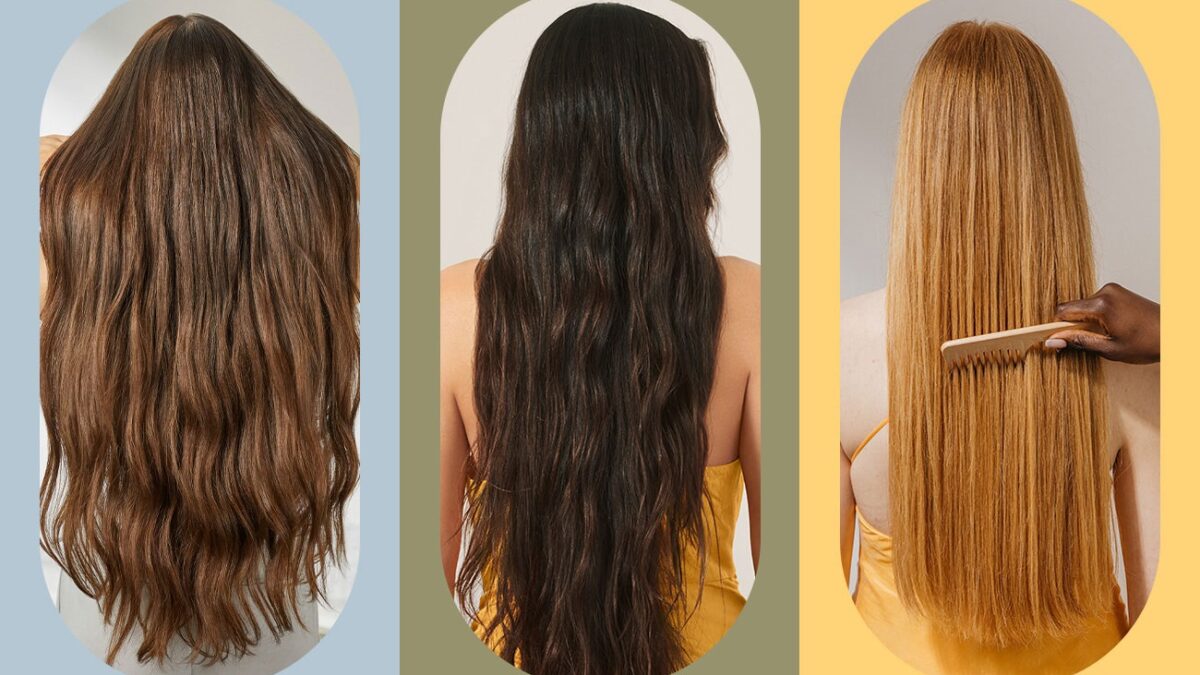Hair extensions need care to stay fresh and beautiful. Washing is one of the most important steps. However not all extensions are the same. Each type needs its own technique. A single approach does not suit every method. Sometimes one wrong step can shorten the life of extensions. Therefore understanding each type is the key to lasting results.
Caring for Clip-in Extensions
Clip-ins are removable and easy to use. They can be taken out before washing. This keeps the natural hair safe from excess product. Clip-ins are washed gently in cool water. Mild shampoo helps preserve the softness and shine. Sometimes one rough motion can cause tangling and damage. So stylists suggest gentle strokes with a wide comb. Clip-ins should be dried flat for best results. This type of extension benefits from simple and consistent care always. The washing hair extensionsare most essential here.
Washing Tape-in Extensions
Tape-ins stay in place for weeks at a time. They cannot be removed before each wash. This means extra caution is needed during shampooing. A stylist will suggest sulfate free cleansers. These protect the adhesive bond from early breakdown. Sometimes one harsh product can loosen the tapes completely. So light massaging is used around the scalp. Conditioner is kept away from the bonds to prevent slippage. Tape-ins need a method that balances cleansing with secure placement.
Maintaining Sewn-in Wefts
Sewn-in wefts are secured with threads. They cover sections of the natural scalp. This makes washing slightly more challenging. Shampoo is applied with gentle pressing motions. Rubbing is avoided to protect the stitching. Sometimes one strong tug can loosen the threads. So stylists recommend steady hands and patience here. The scalp must be rinsed carefully to avoid buildup. A clean base helps the wefts last longer. Therefore slow washing ensures comfort and durability for sewn-in wefts.
Washing Fusion or Bonded Extensions
Fusion extensions use keratin bonds for attachment. These bonds are strong but can still be delicate. Washing needs gentle movement and focused care. A stylist often suggests lukewarm water for safety. Harsh heat can soften the bonds too quickly. Sometimes one long soak can weaken the hold entirely. So washing is kept short and efficient each time. Conditioner is applied to the ends only. Bonded extensions need a balance of moisture and careful handling.
Special Care for Micro-link Extensions
Micro-links are attached with small beads. They offer flexibility but require steady maintenance. Washing should avoid pulling near the beads. Shampoo is smoothed gently down the strands. This prevents slipping of the small connections. Sometimes one rushed wash can loosen several beads quickly. So slow and mindful cleaning is always suggested. Conditioner can be used away from the links. This keeps the bonds strong while still softening the hair. Micro-links thrive with consistency and regular gentle care.
Conclusion
Hair extensions enhance beauty when cared for correctly. Washing them is not just about cleaning. Clip-ins need easy removal and soft handling. Tape-ins demand product control and gentle movements. Sewn-in wefts benefit from slow careful cleansing. Fusion bonds require short washes with mild products. Micro-links thrive when beads are handled with patience. Sometimes one wrong step shortens the life of every style. Therefore learning tailored methods helps extensions stay healthy and beautiful always.
Related posts
Recent Posts
Advertisement



